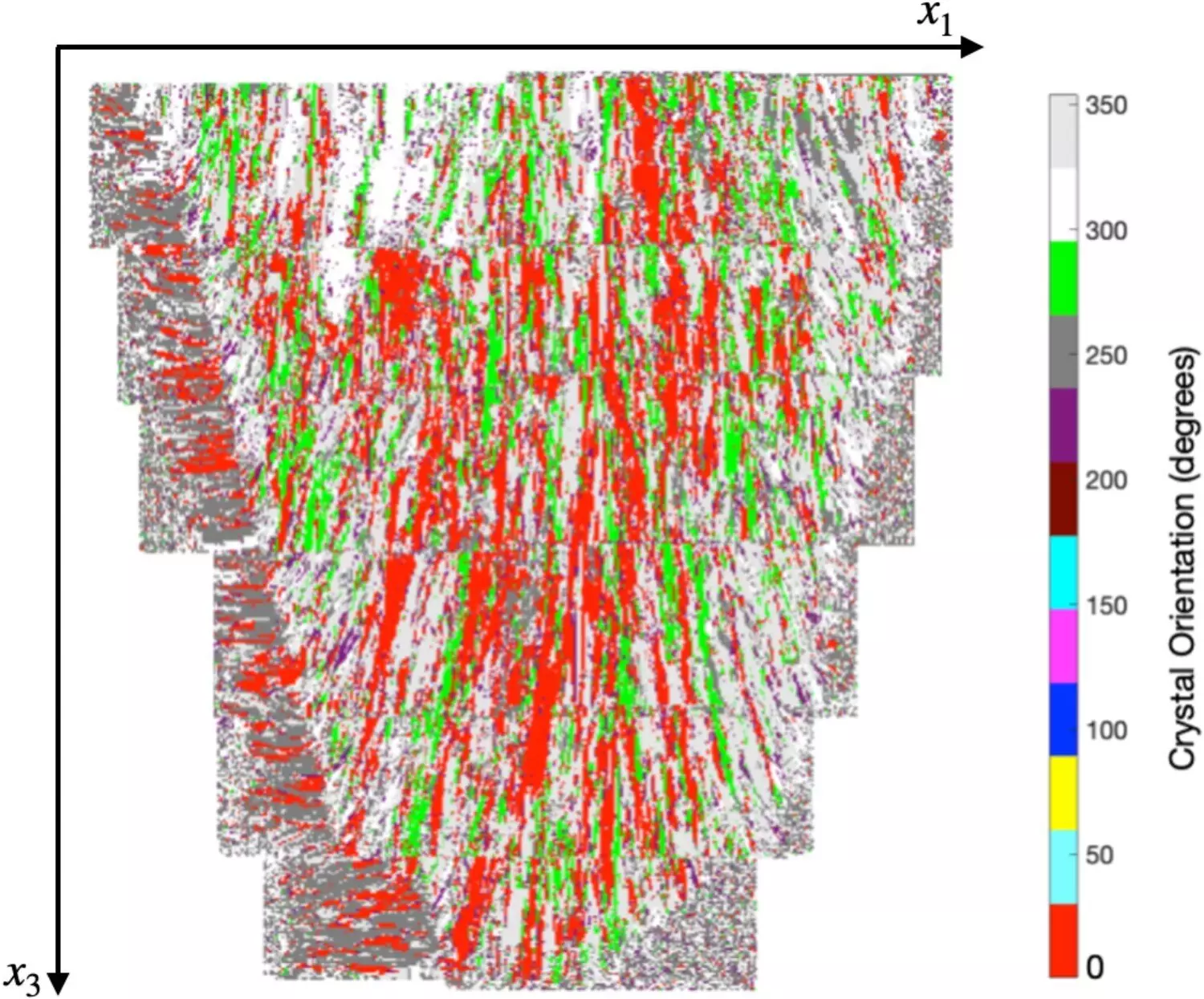The development of a sensing technology capable of assessing the quality of components has the potential to revolutionize the U.K. industry. Researchers from the University of Bristol have made a breakthrough by deriving a formula that can determine the design boundaries for a given component’s geometry and material microstructure. This could lead to significant commercial advantages in the manufacturing sector, especially in additive manufacturing (3D printing) of metallic components.
The key innovation in this technology is the use of ultrasonic array sensors, similar to those used in medical imaging. However, the new laser-based versions eliminate the need for direct contact with the material. This opens up possibilities for non-invasive quality assessment of components, ensuring safety and meeting industry standards.
The research team developed a mathematical model that considers the physics of ultrasonic waves propagating through layered metallic materials produced through additive manufacturing. By incorporating variability between each component, the formula integrates design parameters of the ultrasonic laser and the material properties. This provides a measure of the information produced by the sensor to evaluate the mechanical integrity of the component.
The goal is to expedite the design and deployment of this technology in manufacturing processes. Collaborating with industry partners, the researchers aim to assess the mechanical integrity of safety-critical components during the manufacturing stage. This collaborative effort could lead to innovative designs, faster production processes, and economic advantages for U.K. manufacturing.
Moving forward, the team plans to assist experimental collaborators in designing and building laser-based ultrasonic arrays for deployment in additive manufacturing environments. By maximizing the information content from the sensors and creating customized imaging algorithms, they intend to generate tomographic images of component interiors. Subsequent destructive testing will validate the quality of these images.
The potential of incorporating 3D printing in the production of safety-critical components, such as those in the aerospace industry, offers a significant commercial advantage to U.K. manufacturing. The ability to assess the mechanical integrity of components during production addresses a major barrier to fully leveraging this innovative opportunity.
The development of advanced sensing technology in U.K. industry holds promise for enhancing manufacturing processes, improving product quality, and boosting economic competitiveness. By leveraging mathematical modeling, ultrasonic array sensors, and collaborative partnerships, the future looks bright for the integration of this technology in additive manufacturing.


Leave a Reply